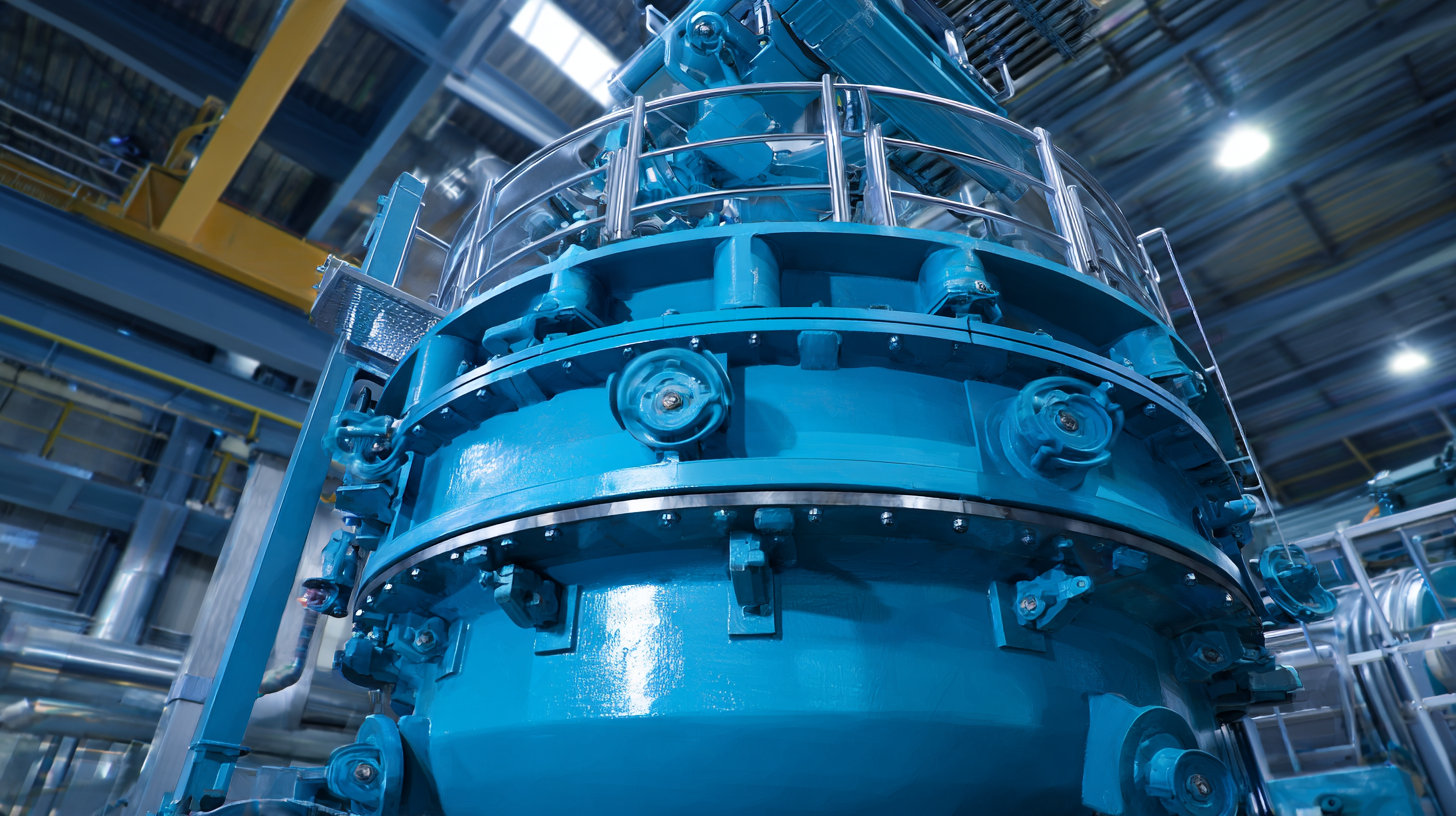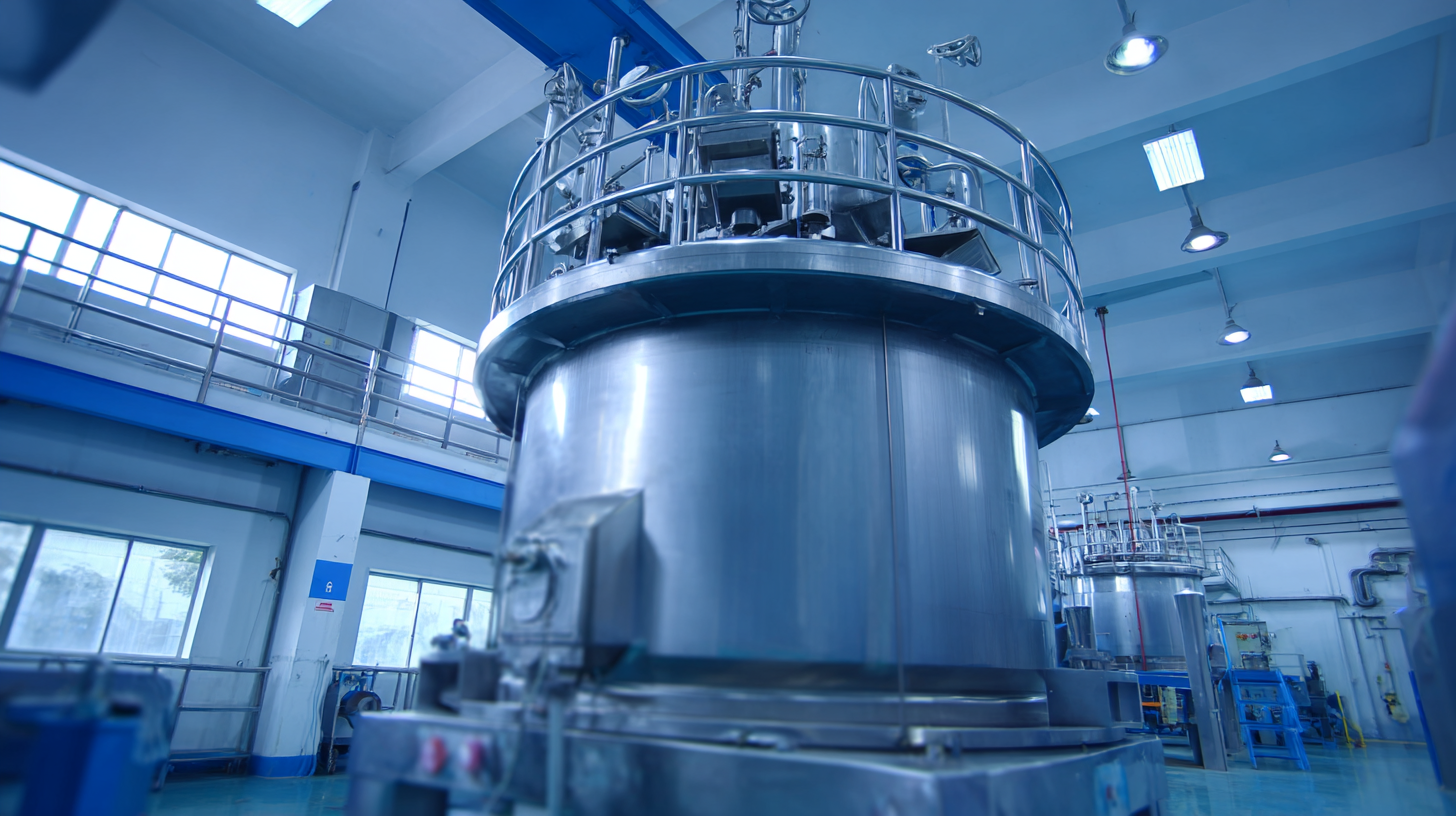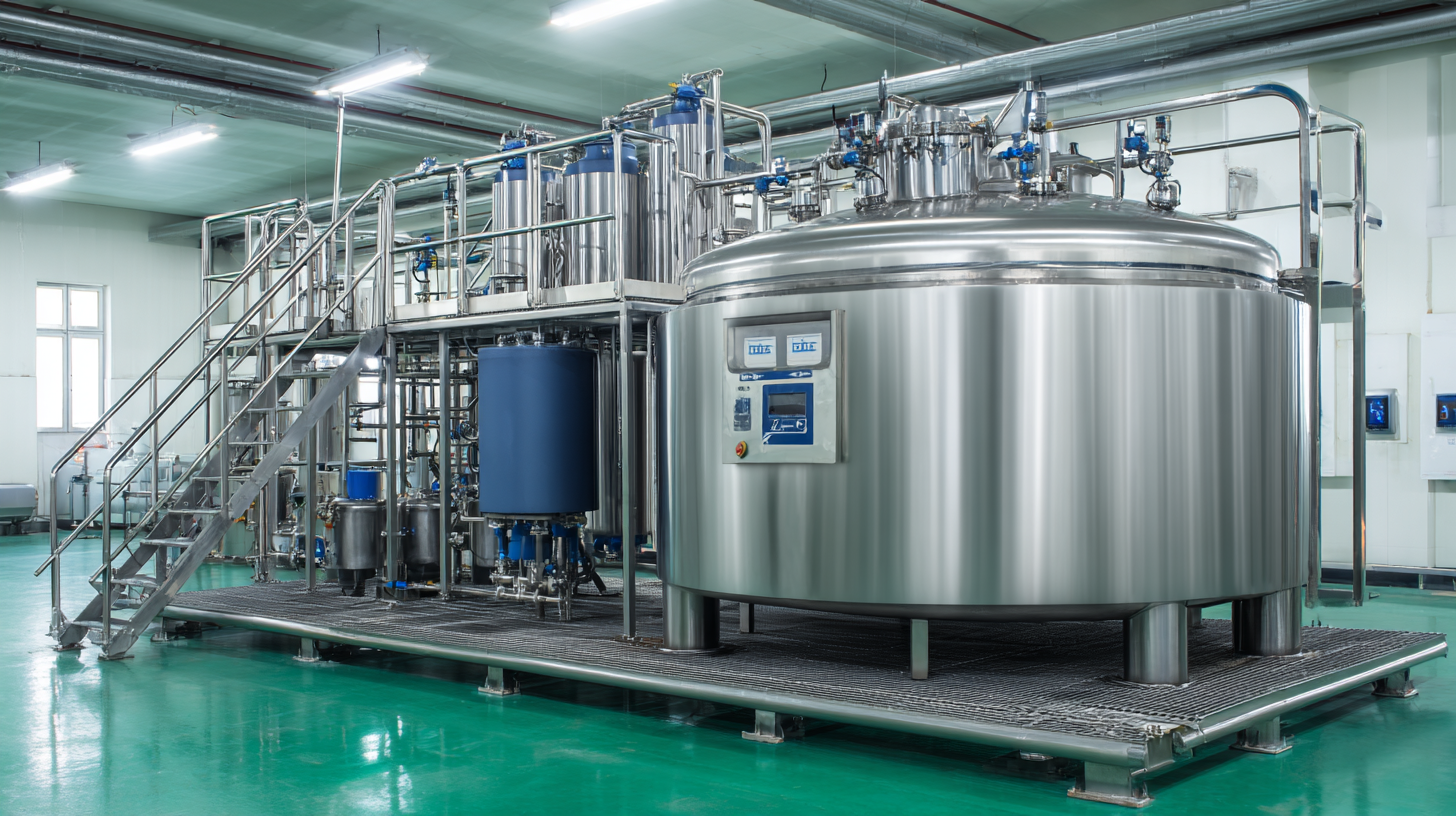
In the realm of industrial manufacturing, the significance of standards cannot be overstated, particularly when it comes to the production of Agitator Mixer Tanks. According to a recent report by MarketsandMarkets, the global mixer market is projected to reach USD 8.1 billion by 2026, growing at a CAGR of 6.4% from 2021. This growth underscores the increasing demand for advanced mixing technologies in various sectors, including food and beverage, pharmaceuticals, and chemical processing. As industries strive for operational efficiency and consistent product quality, understanding the global standards that govern the design and production of Agitator Mixer Tanks becomes paramount. Chinese manufacturers are poised to meet these high standards by leveraging cutting-edge technology and adhering to rigorous quality control measures, thus ensuring that they deliver not only performance but also reliability and excellence in fabrication.

The future of agitator mixer tank production is being significantly shaped by emerging technologies that promise to boost efficiency and sustainability by 2025. Innovations such as advanced material science, which enables the creation of lighter and more durable mixing tanks, are transforming production methods. Additionally, the incorporation of IoT devices allows for real-time monitoring and optimization of mixing processes, leading to improved product quality and reduced energy consumption.
Tip: Embrace digital twins technology to simulate mixing processes. This will not only enhance the design phase but also help in identifying potential issues before the physical production begins.
Furthermore, automation and robotics are set to play a vital role in streamlining production lines. Automated systems can enhance precision in the assembly of agitator components, reducing human error and increasing speed. As we progress towards 2025, the integration of AI for predictive maintenance will help manufacturers avoid costly downtimes and ensure continuous operation.
Tip: Regularly invest in employee training programs focused on new technologies to keep your workforce adept at leveraging these advancements effectively.
The mixer tank industry operates within a complex framework of global standards that ensure safety, efficiency, and quality. Among the key standards impacting this sector are the ISO standards, which provide a set of guidelines for manufacturing processes, materials, and design specifications. Compliance with these standards not only enhances product reliability but also facilitates international trade by ensuring that mixer tanks meet the same quality benchmarks across different markets.
Another critical standard is the ASME (American Society of Mechanical Engineers) certification, which is particularly relevant for pressure vessels. This certification guarantees that mixer tanks can withstand certain pressures and temperatures, thereby ensuring safe operation under demanding conditions. Additionally, certifications like CE marking in Europe affirm that products comply with health, safety, and environmental protection standards, promoting consumer trust and broader market access. As regulations continue to evolve, staying updated on these global standards is essential for manufacturers looking to remain competitive and meet the ever-growing demands of the industry.

Advanced agitator designs play a crucial role in optimizing efficiency within various mixing applications, ranging from pharmaceutical production to environmental sustainability efforts. The integration of cutting-edge technology in agitator mixer tank production not only enhances blending performance but also significantly reduces operational costs. For instance, innovative mixer designs can enable continuous blending processes, allowing for more consistent product quality and minimizing waste. This is particularly important in industries like pharmaceuticals, where precision and consistency are paramount.
Moreover, the emergence of high-quality feedstocks in mixing solutions, coupled with advanced 3D printing techniques, has revolutionized manufacturing capabilities. By leveraging these technologies, companies can develop customized mixer designs that enhance mixing efficiency while being responsive to evolving market demands. The ability to tailor mixing equipment to specific applications allows for greater agility and competitiveness in today’s fast-paced industrial landscape. As businesses continue to seek advanced solutions for their production needs, the focus will undoubtedly remain on maximizing the efficiency and effectiveness of agitator designs.
| Agitator Design | Efficiency (%) | Mixing Speed (RPM) | Power Consumption (kW) | Application |
|---|---|---|---|---|
| Turbine Agitator | 85 | 150 | 5 | Chemical Mixing |
| Anchor Agitator | 78 | 60 | 4 | Viscous Liquids |
| High-Shear Mixer | 92 | 3500 | 10 | Emulsification |
| Propeller Agitator | 80 | 220 | 6 | Water Treatment |
| Magnetic Agitator | 88 | 120 | 3 | Biotechnology |
The production of agitator mixer tanks is evolving, with sustainability becoming a central theme in industry practices. According to a report by the Global Industry Analysts, the market for mixer tanks is expected to reach $5.1 billion by 2027, emphasizing the need for sustainable solutions amid growing environmental concerns. Companies are now prioritizing eco-friendly materials and energy-efficient manufacturing processes to reduce their carbon footprint. Utilizing recycled metals and polymers not only contributes to environmental conservation but can also enhance product longevity and performance.
Tip: When selecting materials for agitator mixer tanks, consider suppliers who utilize recycled resources. This not only supports sustainability but often results in cost savings as well.
Moreover, implementing innovative technologies such as energy-efficient motors and automated monitoring systems can significantly decrease energy consumption in operations. A study by the American Council for an Energy-Efficient Economy highlights that integrating these technologies can reduce energy use by up to 30%.
Tip: Regular maintenance of mixer motors and pumps can optimize energy efficiency and extend the lifespan of your equipment, ensuring that your operations remain both sustainable and cost-effective.
This chart illustrates the percentage of sustainable practices adopted in agitator mixer tank production across different regions in 2023.
In the realm of agitator mixer tank production, the future is leaning heavily towards customization and automation. Industries are increasingly demanding tailored solutions that cater to specific processes and product characteristics. This customization not only enhances efficiency but also improves product quality, allowing manufacturers to respond swiftly to market needs. To stay ahead, companies must embrace the integration of advanced technologies into their design and production processes.

Tip: Invest in software that allows for real-time modifications and adjustments during the mixing process. This flexibility can lead to significant improvements in both productivity and product consistency.
Automation is another key trend shaping the future of mixer tank production. With the advent of smart technologies, automated systems are becoming essential in ensuring precise control over mixing parameters. This not only minimizes human error but also streamlines production, enabling faster turnaround times. Utilizing IoT-enabled machinery allows manufacturers to gather data analytics, which can be instrumental in optimizing operations.
Tip: Regularly update and maintain your automation equipment to enhance reliability and prevent downtime, ensuring that your production line remains competitive and efficient.
